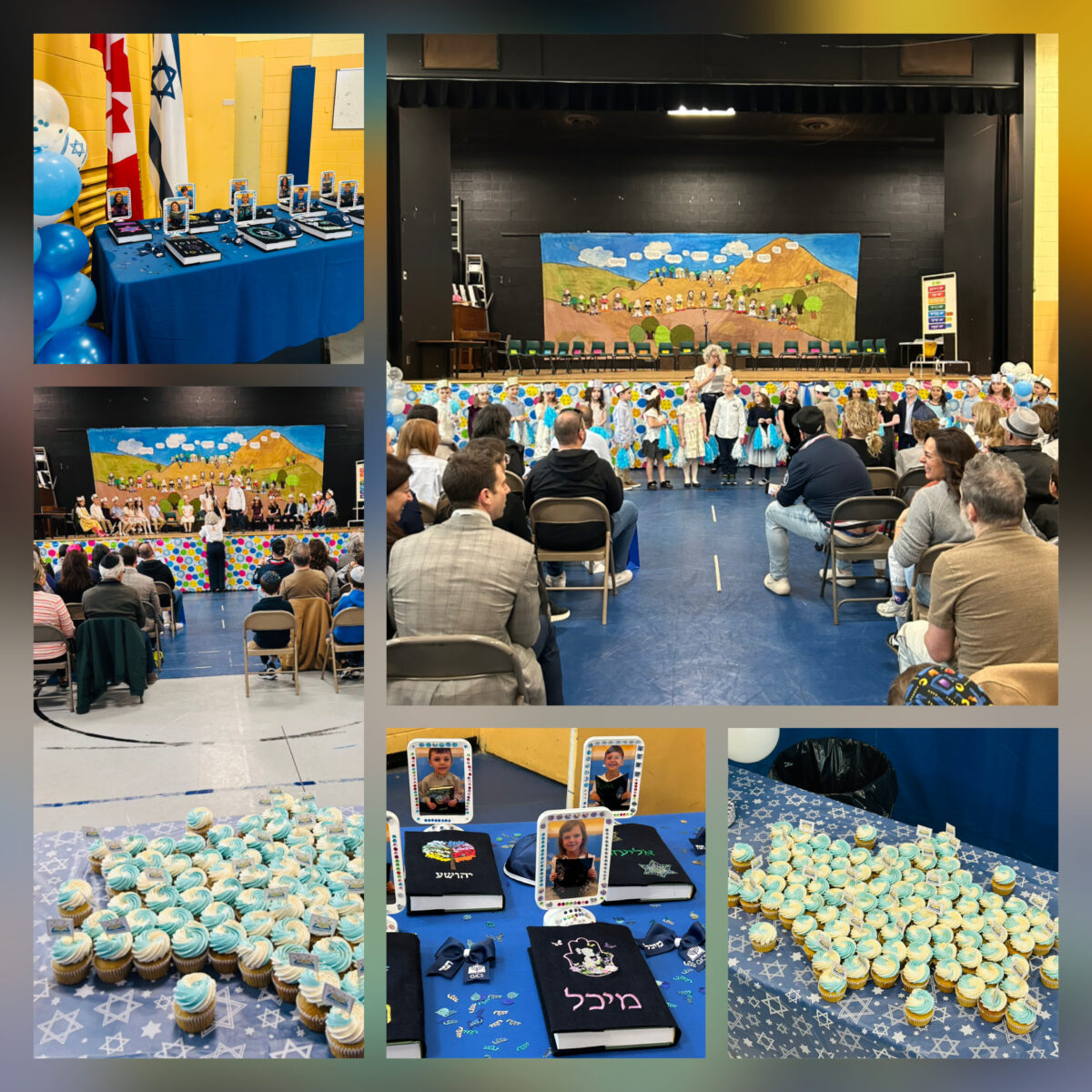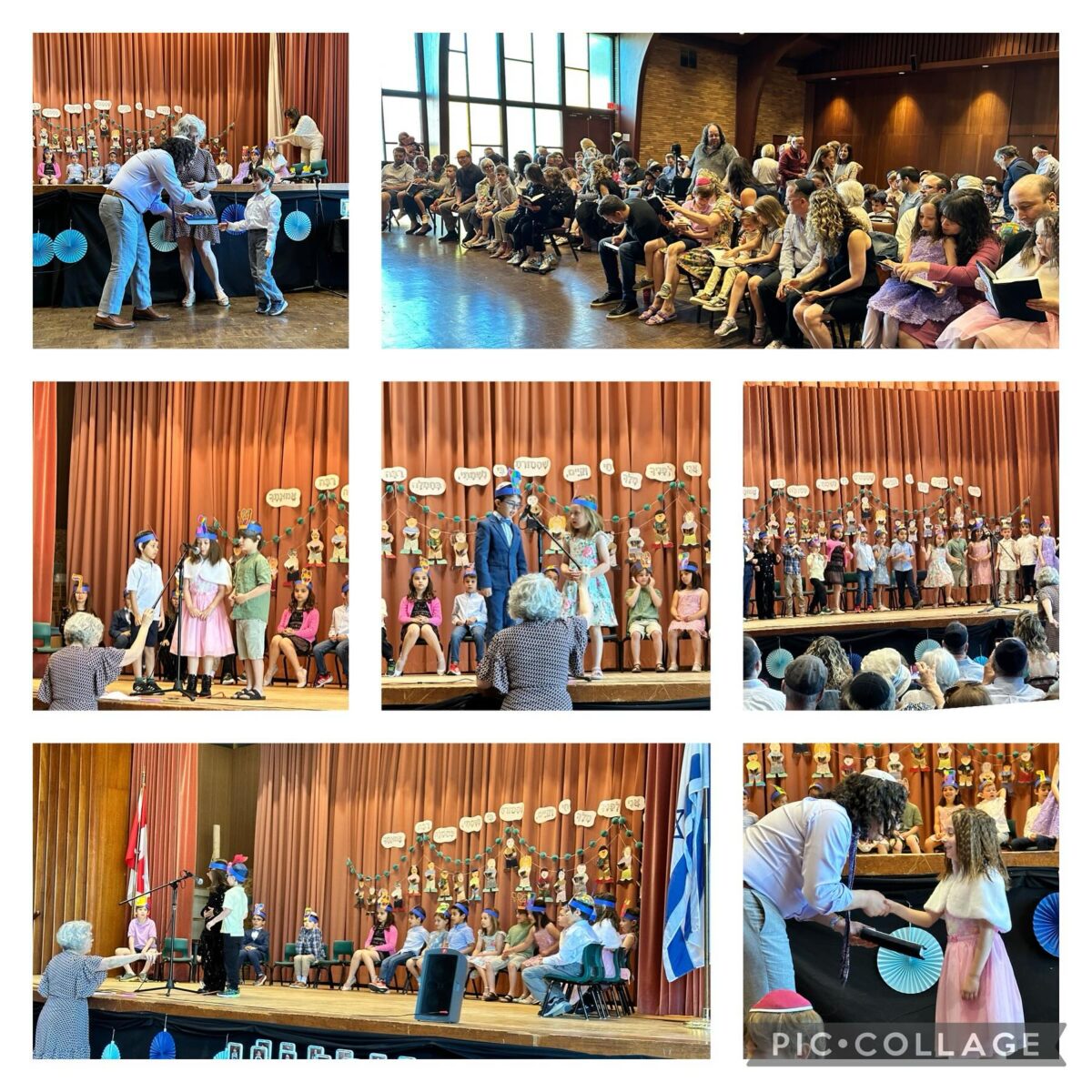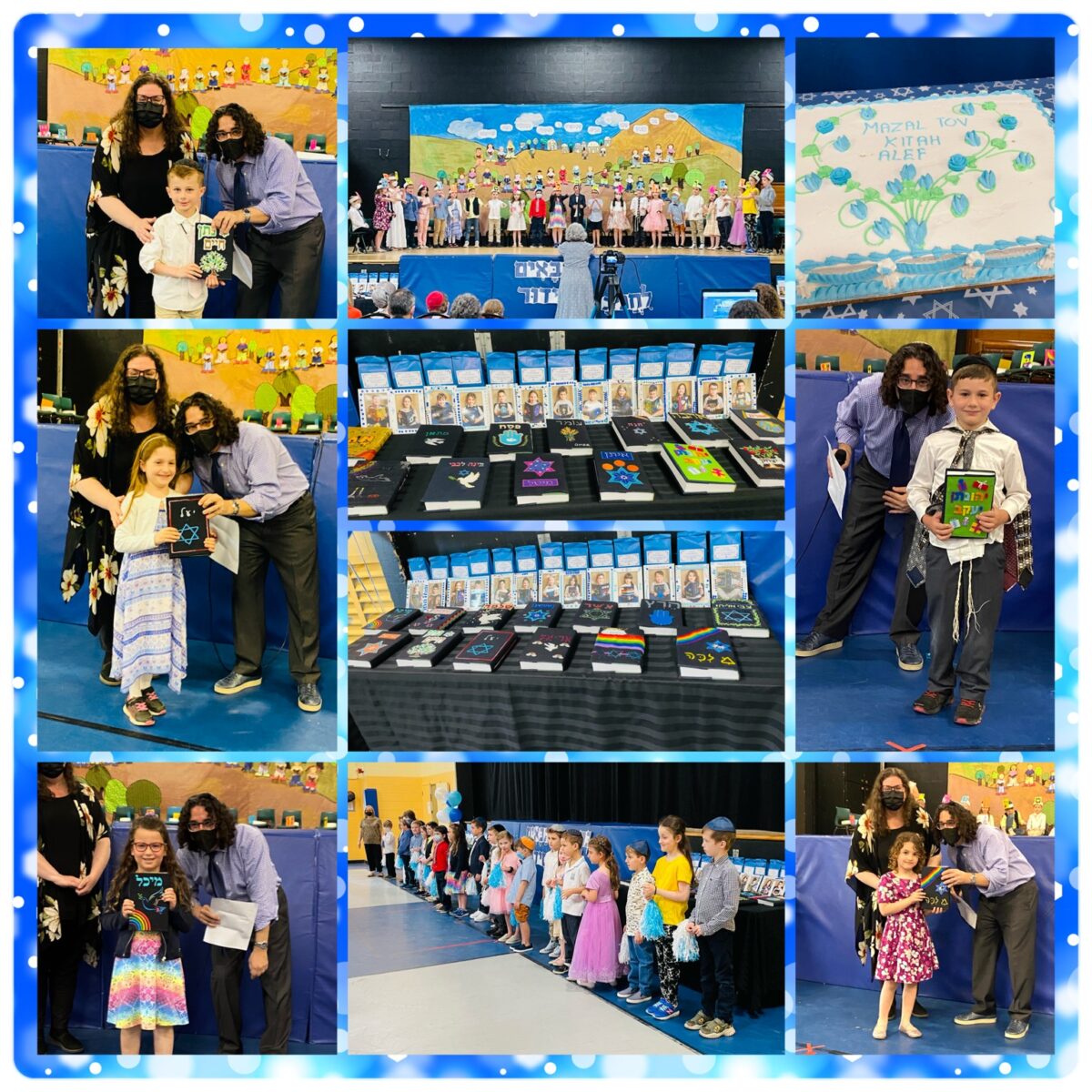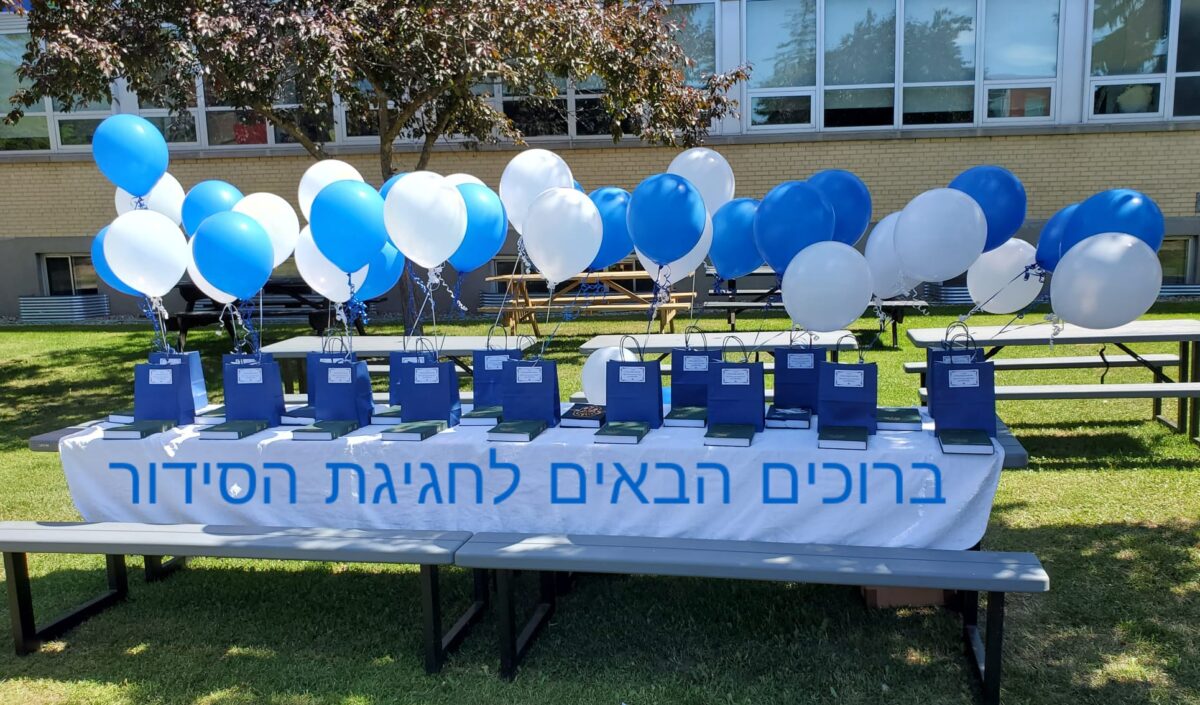The following was shared with our Kitah Alef (Grade One) Families during our school’s annual Kabbalat Ha’Siddur – our celebration of early Jewish learning with the gift of a siddur:
Before we call each student up by name to give them their siddur, let me assure you that I will keep these remarks brief, knowing we have eager students—and cupcakes—waiting for us!
Today we celebrate more than just a book. We celebrate Jewish joy. When the world outside continues to cast shadows, our community at OJCS continues to find ways to refract beams of joy. Choosing joy has become a powerful act of resilience—a reciprocal dance between our inner selves and our outer community.
The Hebrew word for prayer, l’hitpallel (להתפלל), comes from the root פ-ל-ל, and appears in the grammatical form or binyan of hitpa’el. This binyan is both reflexive and reciprocal. What does this mean for prayer? It suggests prayer isn’t only about looking inward, judging ourselves, and cultivating personal spirituality. It’s equally about the joyful exchange that happens outwardly—connecting, sharing, and strengthening one another through communal experience.
The siddur we present today is not intended to be a trophy to sit quietly on a shelf; rather, it is intended to live loudly as a vibrant tool. It invites our children, and through them, you, into a rhythm that connects personal joy to shared celebration. Each page is a doorway to discovery—the joy of singing boldly, the warmth of friends praying side-by-side, the confidence of being unapologetically Jewish. Watching young children pray unselfconsciously—without hesitation or fear—is itself an inspiration, a beautiful model for all of us of how prayer can and should feel.
If I can take just a moment of personal privilege to speak to you parent-to-parent, on occasions such as this, I cannot help but to be reminded of my own daughters, alumni of this school, who joyfully used their Kitah Alef siddurim to lead services at their Bat Mitzvahs, and then later carried those same siddurim to Israel and, now, to university campus. My hope for them – and your children – is that each interaction with their siddur will continue to connect their inner journeys with their communal Jewish identity, creating lasting memories.
As this marks my final Kabbalat Ha’Siddur at OJCS, I must express my gratitude for the countless moments of happiness I have been privileged to witness. My deepest wish and prayer for this year’s Kitah Alef is that today’s simchah becomes a joyful touchstone—reminding each child, family, and all of us, that prayer at its best is an experience of both personal meaning and communal delight.
One of our school’s North Stars is that “we are all on inspiring Jewish journeys” and the Kabbalat Ha’Siddur is just the next stop on a journey that, for many of you, began together under the chuppah on the first day of Kindergarten. Let today’s simchah not merely serve as a moment to celebrate, but an inspiration to reach the next stop and the stop after that in your inspiring Jewish journey.
Ken y’hi ratzon.
Thank you to Morah Ada for the care and dedication that makes today possible. Thank you to the entire Kitah Alef team for their commitment and enthusiasm. And thank you, parents and grandparents, for nurturing the joy of Jewish living within your families and our community.
Let me now welcome Keren Gordon, our Principal, and invite the teachers in Kitah Alef, as we prepare to celebrate each of our students.




